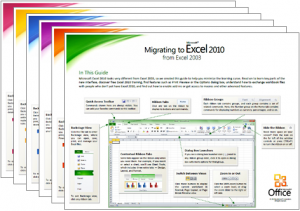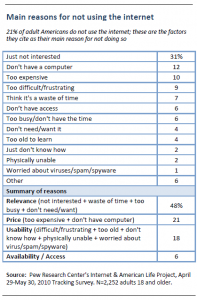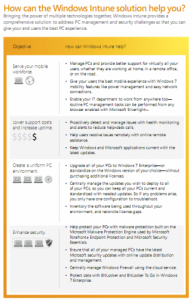Microsoft has created some handy guides for those migrating to Office 2010. These should help many of us in getting over the initial frustration of finding out how to do the things you used to know how to do in earlier versions.
This reminds me of a time when one of my supervisors asked me if I liked a new version of a custom software. I answered with a tinge of whining, “Its different!” This of course was the point, but it is a common enough situation that any changes bring groans of frustration, even if the changes improve the software greatly.
Sometimes taking a breath and taking the time to familiarize yourself with changes is all it takes to change your attitude to something new in your daily routines. Microsoft’s Office suite is so ubiquitous, that they realize that the easier they make it for users to adapt to the changes, the better the experience for those users. Tools such as these ensure that they maintain the loyalty of IT managers, by making the users happier and preventing a deluge of frustrated help desk calls.








